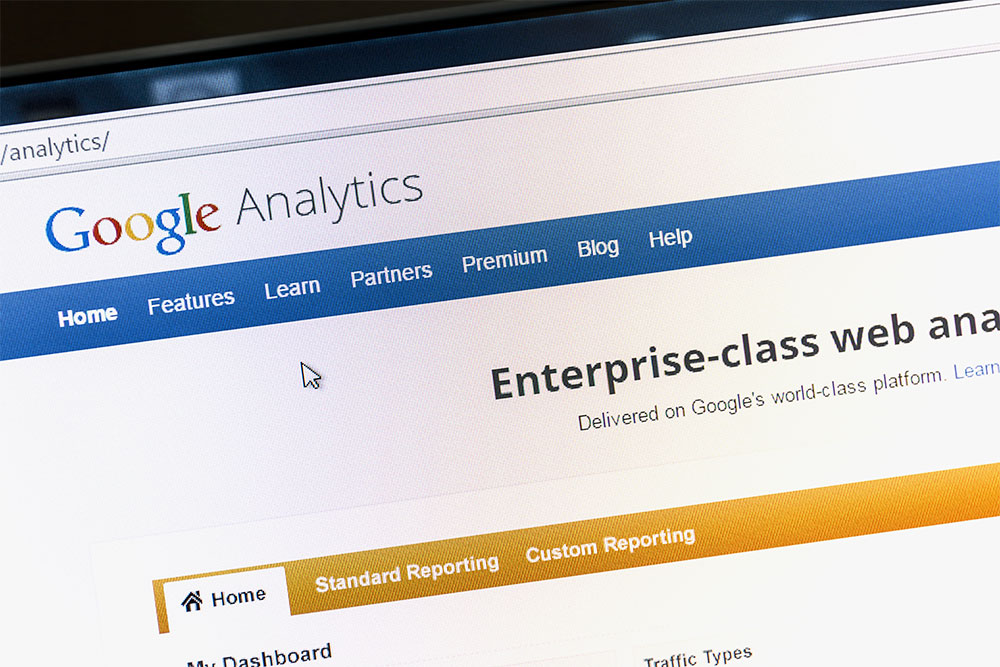The economic impact of COVID-19 is not a conventional economic downturn. While recessions are typically felt broadly, across all sectors of the economy, and in every region, this pandemic has brought disproportionate difficulty to some industries while proving a boon to others. Likewise, while some cities and states closed down almost entirely, others remained open and ready for business.
Among the questions marketers face, as they continue to compete for growth and share in this environment, are not just “when” to turn campaigns back on but “where.” How can they be ready for what promises to be an uneven recovery? Broad, national campaigns are of limited use if large parts of the nation cannot — or are reluctant to — buy their product or service. Given the current uncertainty, even managing campaigns on a state-by-state basis will unlikely provide enough granularity and focus to be truly efficient.
There are, however, good reasons for marketers to be optimistic. Because today it’s possible for marketers to identify, find, and act on insights in real time and at scale while respecting people’s preferences for privacy.
The jagged impact of COVID-19 has highlighted the critical importance of being able to identify surges in local demand, as well as the ability to flex both your marketing and your product offering to capture them. Businesses that have managed to adapt in this way find themselves not only better able to ride out the fluctuations in the short term but also better prepared and ready for whatever comes next.
Lean into the data to refine your focus on demand
One well-known restaurant chain that had previously run national campaigns realized that, with such an uneven picture unfolding across the country, there was value in switching to a narrower geographical approach. The restaurant’s brand team refined their focus on demand by responding to an uptick in searches for, “when will restaurants reopen?”
They began treating each restaurant as a distinct location with a specific radius around it. If interest in that location began to rise, the chain took it as a strong indicator that people were emerging from lockdown, and used automation to activate advertising campaigns. If interest subsided, the advertising was paused.
No one data source, no matter how strong, can provide all the answers.
While this may sound simple, the chain in question has more than 700 locations in the U.S. alone. Managing such a strategy manually at that scale would have been impossible. By using automation, they were ready to respond quickly to signs of local demand, whenever and wherever they emerged.
This example also serves to show how insights generated through local marketing activity can be valuable to the wider business. Using search as a barometer for demand helped the chain understand which locations could be opened profitably and how to staff them accordingly.
No one data source, no matter how strong, can provide all the answers. Key for marketers is to combine the information they have with other sources to generate better insights. Making smart use of their customer data — about pricing, loyalty, and seasonality, for example — can help provide a much deeper understanding of what consumers are looking for. With a broader set of data points, machine learning solutions can better identify insights in consumer patterns.
Maintain user privacy while delivering helpful experiences
At Google, we’re also exploring a range of other approaches to improve user privacy, while ensuring publishers can earn what they need to fund great content, and advertisers can reach the right people for their products. For example, we support the use of advertiser and publisher first-party data (based on direct interactions with customers they have relationships with) to deliver more relevant and helpful experiences — as long as users have transparency and control over the use of that data.
Adding even one additional source of information in this way can provide a clearer lens to observe consumer patterns. Due to the pandemic, driving in the U.S. fell by almost 40% in April. One leading insurer incorporated aggregated and anonymized traffic data from public sources, such as state governments, to identify mobility trends. How, where, and when traffic volume returns to its previous level can be seen, to some degree, in the number of searches for car insurance, but that would leave the insurer trying to catch potential customers at the very last minute of their journey. With a more rounded and balanced data set, the team can see earlier where traffic is returning and respond with more comprehensive marketing plans.
The purchase journey is not, nor has it ever been, a linear journey.
These examples refer to assessing demand in a single area, but what about businesses like airlines that connect from one location to another? The team at a major U.S. airline used aggregated data from searches on Google Flights to identify routes with low click share and high search demand. They then used those information cues, in combination with their own data around resources and capacity, to prioritize the reopening of some routes over others.
The purchase journey is not, nor has it ever been, a linear journey. Google’s “Decoding Decisions” research found that between trigger and purchase/action, people go through multiple stages of looking for information about a category’s brands and products, and weighing all of their options. We call this the “messy middle,” a space of abundant information and unlimited choice that shoppers manage, using a range of cognitive shortcuts. Successfully learning how to navigate the switchbacks, hairpin turns, and dead ends of the messy middle will be as crucial to future marketing success as any investment in technology or platforms.
The data and tools now available to marketers make it possible to move quickly — and at meaningful scale — to identify and act upon many little pockets of consumer behavior regardless of where they crop up. Winning these small local opportunities in the short term, while learning how to build robust but nimble data strategies wherever they operate long term, will allow businesses to be ready for whatever comes next.











